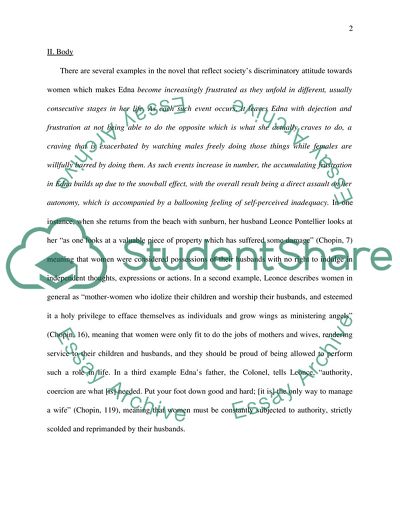Cite this document
(Self-Perceived Inadequacy in The Awakening Essay, n.d.)
Self-Perceived Inadequacy in The Awakening Essay. Retrieved from https://studentshare.org/psychology/1718538-examine-the-issue-of-self-perceived-inadequacy-in-the-awakening-by-kate-chopin
Self-Perceived Inadequacy in The Awakening Essay. Retrieved from https://studentshare.org/psychology/1718538-examine-the-issue-of-self-perceived-inadequacy-in-the-awakening-by-kate-chopin
(Self-Perceived Inadequacy in The Awakening Essay)
Self-Perceived Inadequacy in The Awakening Essay. https://studentshare.org/psychology/1718538-examine-the-issue-of-self-perceived-inadequacy-in-the-awakening-by-kate-chopin.
Self-Perceived Inadequacy in The Awakening Essay. https://studentshare.org/psychology/1718538-examine-the-issue-of-self-perceived-inadequacy-in-the-awakening-by-kate-chopin.
“Self-Perceived Inadequacy in The Awakening Essay”, n.d. https://studentshare.org/psychology/1718538-examine-the-issue-of-self-perceived-inadequacy-in-the-awakening-by-kate-chopin.


